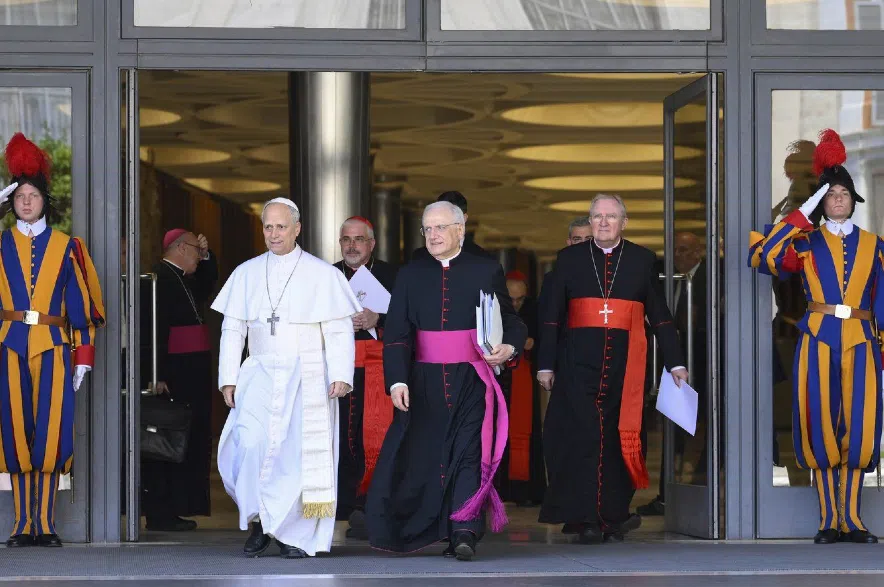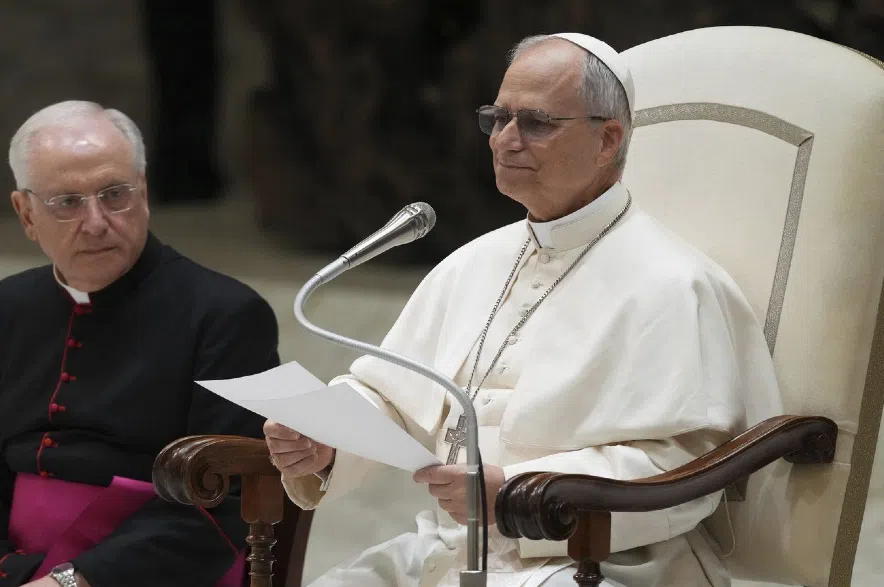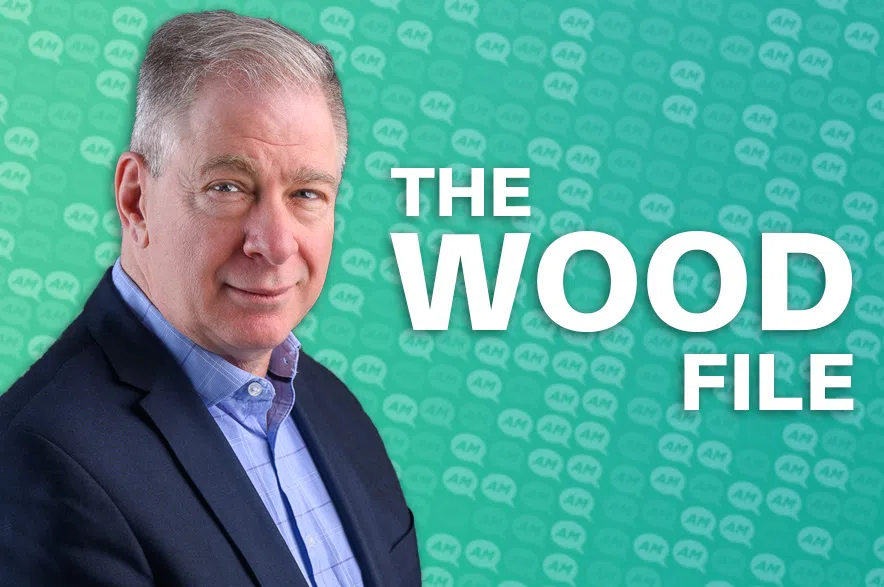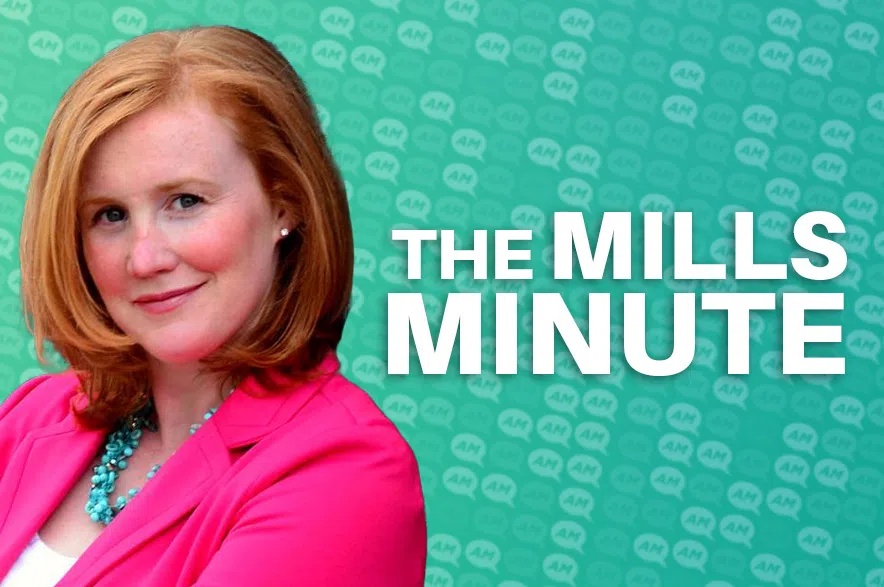Prime Minister Mark Carney is heading to Rome on Friday to attend Pope Leo’s inaugural mass.
The Prime Minister’s Office said in a news release Tuesday that Carney will be in Rome from May 16 to 19.
Read more:
- Prime Minister Mark Carney says new cabinet will act with ‘urgency and determination’
- Indigenous groups in Canada keen to see Pope Leo continue reconciliation work
The ceremony, which marks the official start of a pope’s term, will take place on Sunday, May 18, at St. Peter’s Square.
The news release said it is a “longstanding tradition of the Catholic Church, and a defining moment in Pope Leo XIV’s pontificate.”
While in Rome, Carney will meet with other international leaders to discuss “deepening trade, commerce, and cultural ties.”
Chicago-born Robert Prevost, who has chosen the name Leo XIV, is the first pontiff from the United States, though he worked for many years in Peru.
In his first words as pontiff, Pope Leo emphasized peace, dialogue and missionary evangelization.
Former governor general David Johnston represented Canada at former pope Francis’ inauguration in 2013.

Pope Leo XIV, left, is flanked by Monsignor Leonardo Sapienza, second from left, after his meeting with the College of Cardinals in the New Synod Hall at the Vatican, Saturday, May 10, 2025. (Vatican Media via AP)
Pope Leo identifies AI as critical matter facing humanity
Pope Leo XIV laid out the vision of his papacy at the weekend, identifying artificial intelligence as one of the most critical matters facing humanity and vowing to continue with some of the core priorities of Pope Francis.
But in a sign he was making the papacy very much his own, Leo made his first outing since his election, travelling to a sanctuary south of Rome that is dedicated to the Madonna and is of particular significance to his Augustinian order and his namesake, Pope Leo XIII.
Townspeople of Genazzano gathered in the square outside the main church housing the Madre del Buon Consiglio (Mother of Good Counsel) sanctuary as Leo arrived and greeted them.
The sanctuary, which is managed by Augustinian friars, has been a place of pilgrimage since the 15th century and the previous Pope Leo elevated it to a minor basilica and expanded the adjacent convent in the early 1900s.
After praying in the church, Leo greeted the townspeople and told them they had both a gift and a responsibility in having the Madonna in their midst. He offered a blessing and then got back into the passenger seat of the car, a black Volkswagen. En route back to the Vatican, he stopped to pray at Francis’ tomb at St. Mary Major Basilica.
The after-lunch outing came after Leo presided over his first formal audience, with the cardinals who elected him pope. In it Leo repeatedly cited Francis and the Argentine pope’s own 2013 mission statement, making clear a commitment to making the Catholic Church more inclusive and attentive to the faithful and a church that looks out for the “least and rejected.”
Leo told the cardinals that he was fully committed to the reforms of the Second Vatican Council, the 1960s meetings that modernized the church. He identified AI as one of the main issues facing humanity, saying it poses challenges to defending human dignity, justice and labor.
Some signs about the future emerge
The Vatican, meanwhile, provided hints of its own about the Leo pontificate: It revealed Saturday that Leo would retain the motto and coat of arms that he had as bishop of Chiclayo, Peru that emphasize unity in the church.
The motto, “In Illo uno unum,” was pronounced by St. Augustine in a sermon to explain that “although we Christians are many, in the one Christ we are one.” The emblem is that of the Augustinian order: a pierced flaming heart and a book, representing the Scriptures.
The Vatican also provided details about the pectoral cross that Leo is wearing: It was a gift from the Augustinian order when he was made a cardinal in 2023. It contains relics of St. Augustine and his mother, St. Monica, who was crucial in his conversion to Christianity.
St. Augustine of Hippo is one of the theological and devotional giants of early Christianity. The Augustinian order, formed in the 13th century as a community of “mendicant” friars, is dedicated to poverty, service and evangelization.
Identifying with Pope Francis
Leo referred to AI in explaining the choice of his name: His namesake, Pope Leo XIII, was pope from 1878 to 1903 and laid the foundation for modern Catholic social thought. He did so most famously with his 1891 encyclical Rerum Novarum, which addressed workers’ rights and capitalism at the dawn of the industrial age. The late pope criticized both laissez-faire capitalism and state-centric socialism, giving shape to a distinctly Catholic vein of economic teaching.
In his remarks Saturday, Leo said he identified with his predecessor.
“In our own day, the church offers everyone the treasury of its social teaching in response to another industrial revolution and to developments in the field of artificial intelligence that pose new challenges for the defense of human dignity, justice and labor,” he said.
Toward the end of his pontificate, Francis became increasingly vocal about the threats to humanity posed by AI and called for an international treaty to regulate it.
Francis in many ways saw the Chicago-born Augustinian missionary Robert Prevost as something of an heir apparent: He moved him to take over a small Peruvian diocese in 2014, where Prevost later became bishop and head of the Peruvian bishops conference, and then called him to Rome to take over one of the most important Vatican offices vetting bishop nominations in 2023.
In the speech, delivered in Italian in the Vatican’s synod hall — not the Apostolic Palace — Leo made repeated references to Francis and the mourning over his death. He held up Francis’ 2013 mission statement, “The Joy of the Gospel,” as something of his own marching orders.
He cited Francis’ insistence on the missionary nature of the church and the need to make its leadership more collegial. He cited the need to pay attention to what the faithful say “especially in its most authentic and inclusive forms, especially popular piety.”
Again, referring to Francis’ 2013 mission statement, Leo cited the need for the church to express “loving care for the least and rejected” and engage in courageous dialogue with the contemporary world.
— by Catherine Morrison, with files from The Associated Press
Read more:











